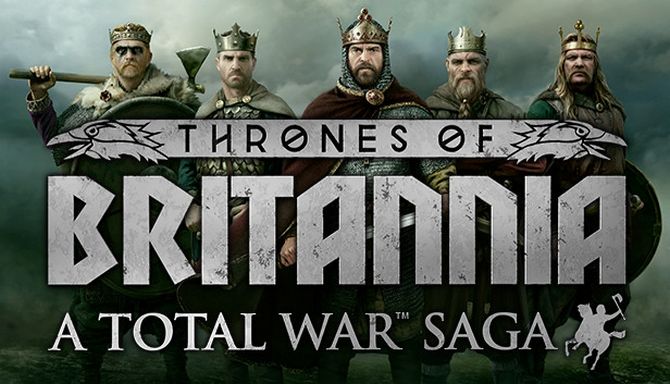Draca - Fyrd Spearmen
This transport ship is light and easy to manoeuvre, but almost defenceless if attacked.Ordinary individuals must display extraordinary courage in the face of a charging enemy.
For most of history the only way to move cargoes and people over long distances at any kind of reasonable speed was by water; this remained true until the invention of the railway. Trading vessels carried goods, following the coastlines for the most part, and up navigable rivers. The pattern of settlement and colonisation was almost entirely based on where ships could go. It was also considerably easier to move armies by sea than march them long distances. Trade ships were hired or requisitioned for such tasks, and this was an added incentive for generals to reach a quick conclusion to a campaign: war hurt trade, and used up ships needed for vital food supplies.
(Fyrd Spearmen)
The fyrd was, in the simplest terms, a levy of ordinary individuals who were not tied to a lord as fighting vassals. The Saxons used fyrds throughout their period of dominance and even for the settled Danes, levying troops was a frequent necessity. After King Alfred of the West Saxons finally defeated Guthrum the Dane in AD 878, he famously implemented a defence-in-depth system of forts that also reformed the Saxon fyrds by dividing them into three main groups. One part of the force remained at home on their estates, while another stayed out on patrol in the field in a constant state of readiness. The third group were the men guarding their local forts, all of which culminated in Anglo-Saxon England becoming a very well-defended place indeed.
When the men of the fyrd were called upon to fight, they were frequently doing so to protect their homes and livelihoods. Armed with spears, they were arguably wielding the oldest purpose-built weapon in existence. Given its comparative cheapness and ease of construction, the spear was one of the most commonly used weapons among all classes of fighting men before and throughout medieval times. Its notable advantage was the longer reach it afforded its bearer, enabling effective engagement with a larger or mounted enemy who might otherwise be out of reach. The Viking tendency to emblazon spears with ostentatious decorative carvings indicates that some were primarily used for thrusting rather than throwing, reducing the possibility of losing what were obviously prized weapons.
Unit Name Draca - Fyrd Spearmen |
Main Unit Key shp_eng_fyrd_spearmen |
Land Unit Key eng_fyrd_spearmen |
Naval Unit Key vik_draca |
Soldiers 160 |
Category Heavy Ship |
Class Melee Ship |
Custom Battle Cost 150 |
Recruitment Cost 150 |
Upkeep Cost 50 |
Hull Strength |
└ Ship vik_draca |
Speed |
Melee Skill 25 |
Melee Damage 28 |
├ Melee Weapon vik_spear_levy |
├ Melee Base Damage 20 |
├ Armour-piercing Damage 8 |
├ Armour Piercing No |
├ Attack Against Cavalry 20 |
├ Attack Against Elephants 0 |
└ Attack Against Infantry 0 |
Charge Bonus 17 |
Melee Defence 55 |
├ Base Defence 25 |
├ Shield vik_medium |
└ Shield 30 |
Armour 7 |
├ Armour vik_cloth_helmet |
├ Armour Defence 7 |
└ Shield Armour 0 |
Health 100 |
├ Man Entity vik_inf_med |
├ Man Health 100 |
└ Bonus Hit Points 0 |
Morale 28 |
Abilities
Fyrd Spearmen- Shield Castle
"Heads down, lads, things are about to get a little hairy around here!"
Units cannot move in this formation.
Attributes
- [[col:yellow]]Expert Charge Defence[[/col]]
This unit’s melee attack and damage are increased against charging enemies. - [[col:yellow]]Hide (forest)[[/col]]
This unit can hide in forests until enemy units get too close.
Strengths & Weaknesses
No Strengths and Weaknesses


 Français
Français Italiano
Italiano Deutsch
Deutsch Español
Español Русский
Русский Čeština
Čeština Polski
Polski Türkçe
Türkçe Português (Brasil)
Português (Brasil) 한국어
한국어 简体中文
简体中文 正體中文
正體中文
